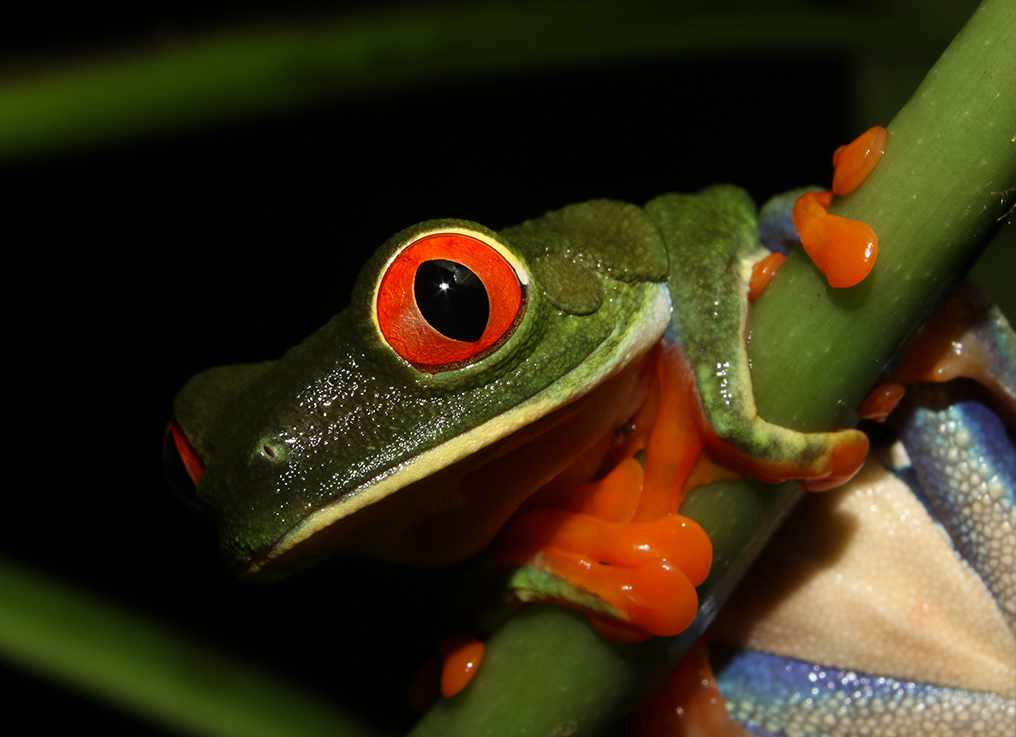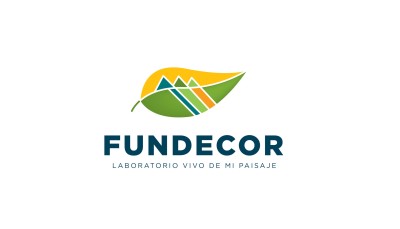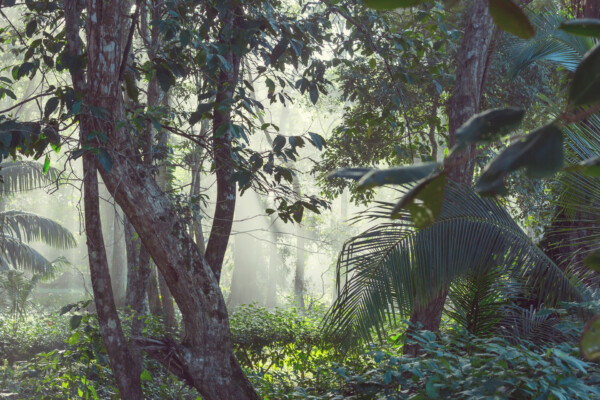Global Open Market for Biodiversity Credits
Responsible Partnerships Enabling Quality Conservation
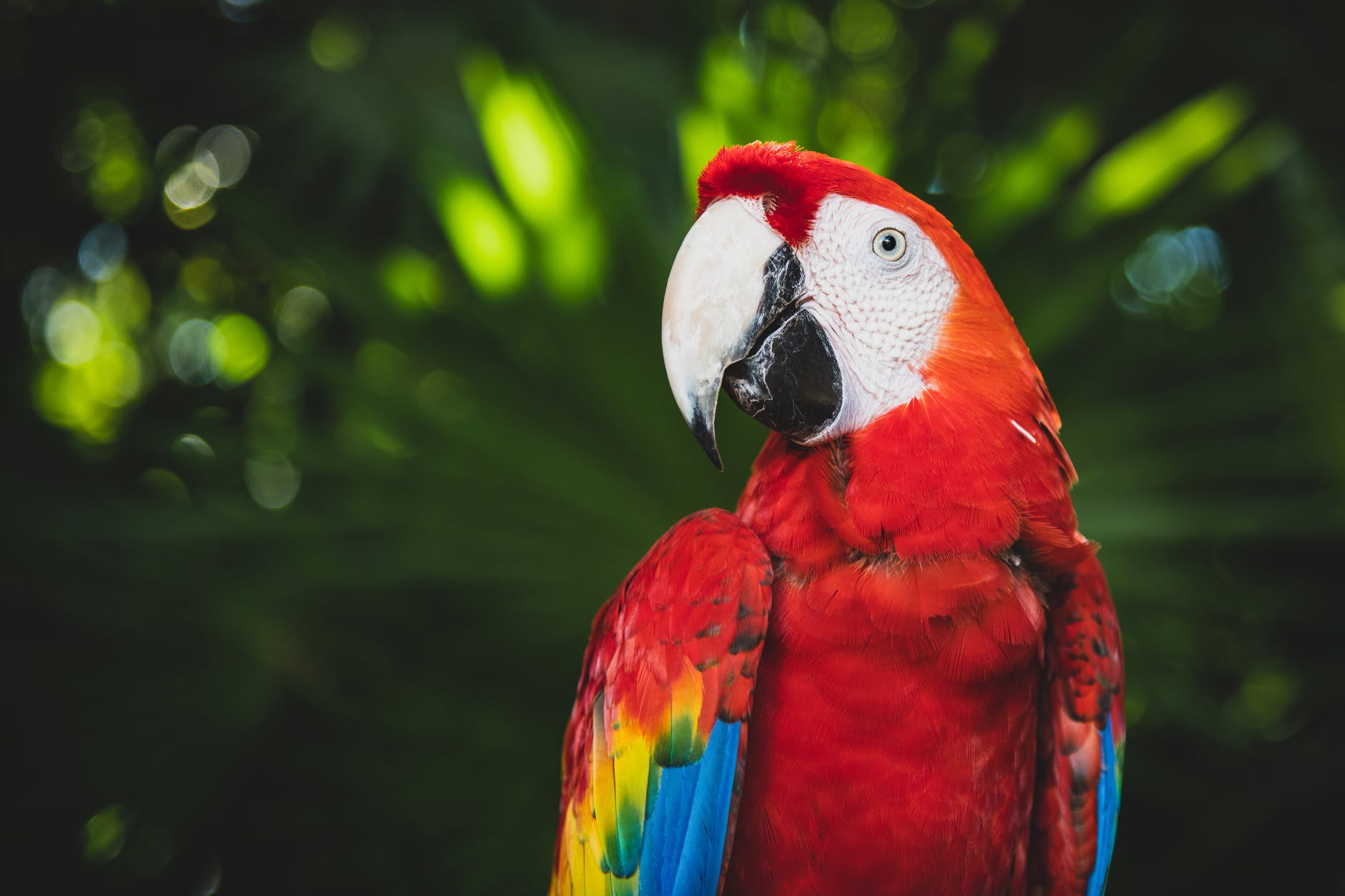
Bridging Corporations with Responsible Environmental and Social Projects

BIOTA Capital

BIOTA Invest

BIOTA Lab
Robust Features
Certificates of their contribution
Dashboard
Performance Reports
Communication Toolkit

Conservation Gaps (Importance for Conservation)

Biological Corridors

Water Priority

Wildlife Protected Areas
BIOTA NFTs are backed by

Very Low Social Development Index

National Registry of Wetlands

Prediction of the loss of tree cover in the period 2021-2025

Essentials Areas for Biodiversity Support
Some of our supporters
At BIOTA, we are passionately committed to the principle that collaborative efforts are essential for meaningful progress. In line with this belief, we have garnered the support of a diverse array of organizations, both public and private. These partners share our conviction that BIOTA offers a viable solution for rural development. Our approach facilitates the mobilization of necessary climate finance, thereby enabling ongoing conservation efforts. This is critical in mitigating deforestation and curbing biodiversity loss, key challenges in our environmental stewardship mission.
"At AMCHAM Costa Rica, we are dedicated to enhancing the skills of our affiliated companies in key areas such as social responsibility and sustainability. Furthermore, we act as a platform for strategic dialogue and the creation of partnerships that promote long-term sustainable development. Due to the synergy between our respective objectives, we consider BIOTA to represent a unique opportunity to jointly advance our mission of generating a positive impact on tropical ecosystems and beyond."
Alberto Arguedas, AMCHAM
"The multidisciplinary approach of BIOTA, which combines research, conservation, and technological innovation, is admirable and demonstrates a solid commitment to sustainability and the preservation of biodiversity. We recognize the positive impact that this project can have on our national sustainability goals and in strengthening Costa Rica in the face of climate change challenges."
Emmanuel González Alvarado, CONARE
"At SINAC, we immensely value the mission and vision of BIOTA in creating markets for ecosystem services through private transactions, an initiative that is not only innovative but also of special importance for our biodiversity. Their focus on transparency and traceability of investments offers a reliable solution for stakeholders."
David José Chavarria, Executive Director
Letter of Support
"At the RCRN, we recognize that BIOTA drives the achievement of national goals under a sustainability approach, supported by technological innovation, research, and the application of new market trends for the development of rural communities."
Letter of Support
BIOTA in a nutshell
Empowering Conservation with BIOTA's Innovative Fintech Solution
At BIOTA, we deeply understand the vital role of local communities and reputable NGOs in spearheading conservation initiatives. However, we're also acutely aware of the significant funding obstacles these initiatives often encounter, which can limit their potential to bring about widespread, lasting change.
Robust Features
Biodiversity Value
BIOTA emphasizes transparency, enabled by Distributed Ledger Technology (DLT), showcasing the direct benefits of each investment to ensure progress. Our platform incentivizes sustainable practices among landowners, fostering biodiversity conservation and climate resilience. At BIOTA, we're redefining conservation financing, one investment at a time, to yield sustainable environmental and social results."
Featured BIOTA Projects
BIOTA Conservation with FUNDECOR
FUNDECOR, a leading Costa Rican NGO, is our MVP partner, bringing 30 years of experience, trust and credibility in sustainable forest management and conservation.
FUNDECOR's deep understanding of the region’s ecosystems and communities enables us to create tailored solutions that address the unique needs of local landowners.Biological Station LA SELVA
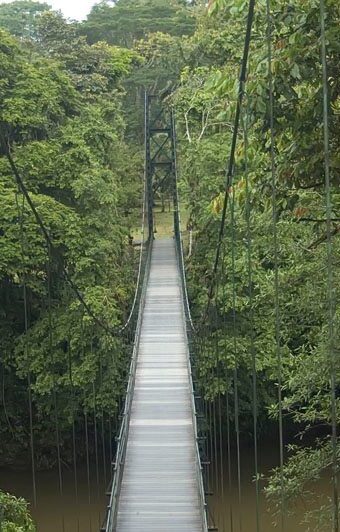
Total Area
Effective Area
This farm borders the Braulio Carrillo National Park and operates as a biological corridor that connects the highlands near the Barva Volcano with the lowland forests of the North Atlantic zone of Costa Rica.
The richness of species of La Selva stands out, with more than 2,077 species of plants; 125 species of mammals (72 of them are bats); 470 species of birds; 48 species of amphibians; 87 species of reptiles; 45 species of freshwater fish; and tens of thousands of insects, arachnids and other arthropods (taken from https://tropicalstudies.org/portfolio/la-selva-research-station/)
La Selva, with more than 40 years of research in terrestrial and aquatic ecosystems, has some of the longest-running datasets in the tropics.
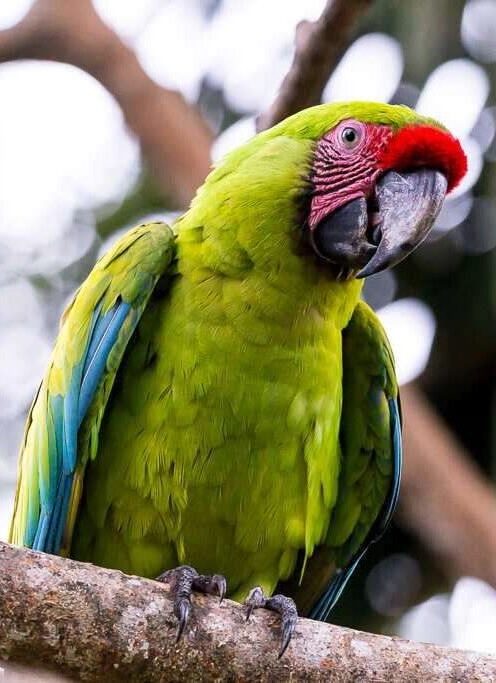
Refuge LAPA VERDE
Total Area
Effective Area
This refuge has a total area of 660.8 ha, of which 597 ha corresponds to a very humid tropical forest (both primary and secondary), with an average rainfall of 4000 mm per year.
It is located within the Selva Biological Corridor in San Juan, important for preserving migration routes between ecosystems, in addition to preserving its biodiversity. In this Corridor, there are extensive forests with a large quantity of Mountain Almond (Dipteryx panamensis), an emblematic tree associated with the habitat of the Great Green Macaw (Ara ambigua). A high biological diversity can be found in this area.
TIRIMBINA Biological Reserve
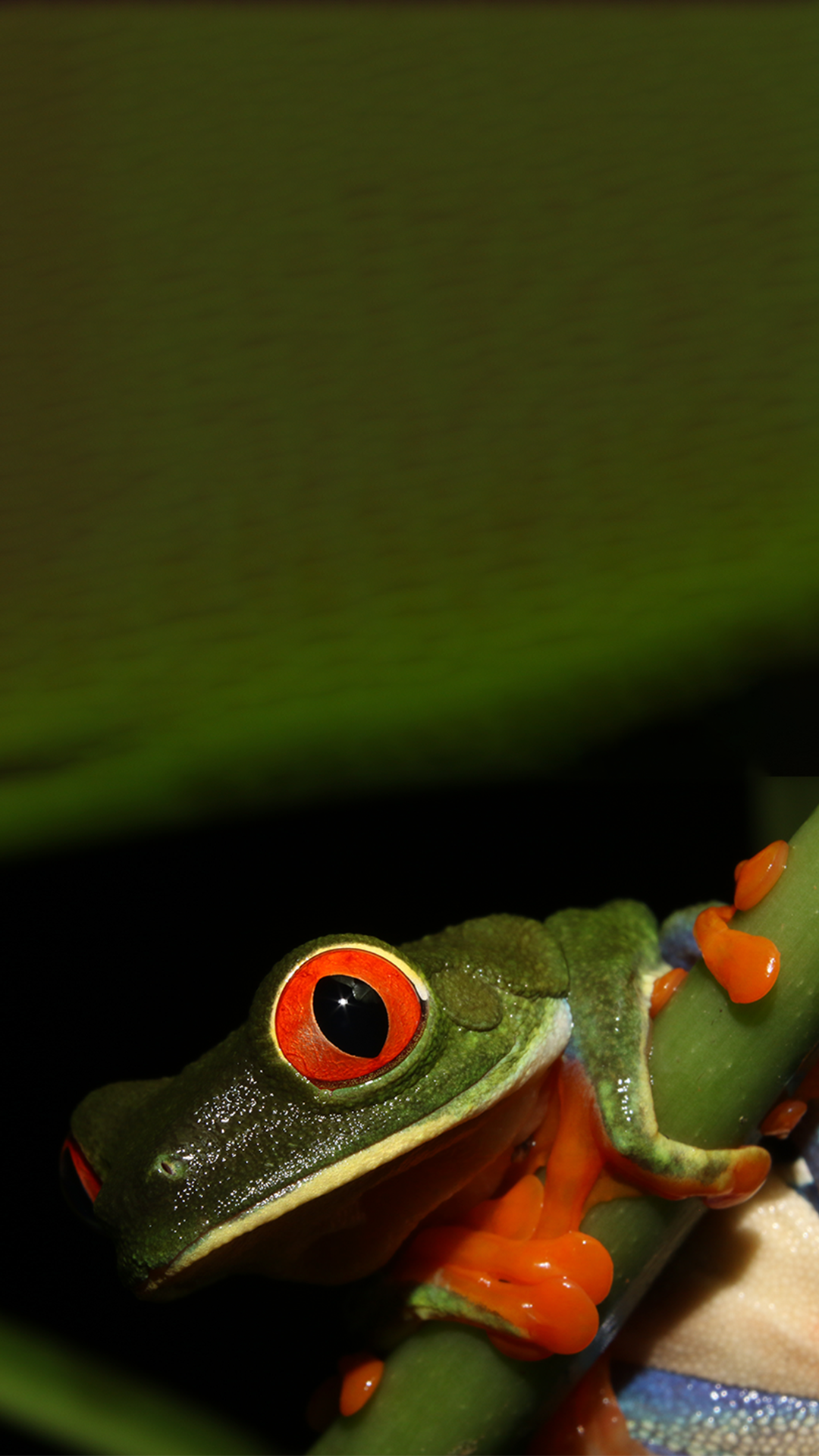
Total Area
Effective Area
Its main mission is the promotion of scientific research, knowledge transfer and the execution of the Environmental Education program for children and youth of the community of La Virgen de Sarapiquí, where it is located. It also has an ecotourism program, which helps them finance education and research.
Conservation Reimagined
Contact Us
BIOTA Contact
Contact from BIOTA
